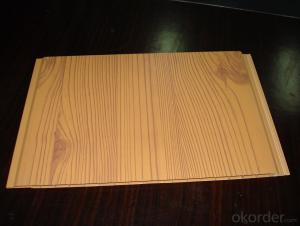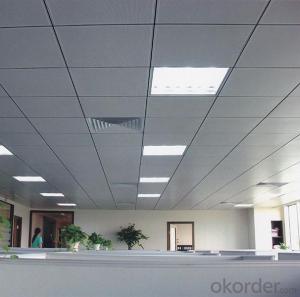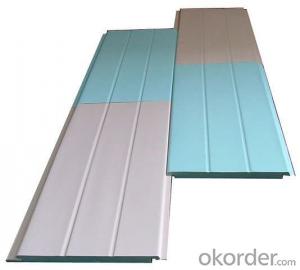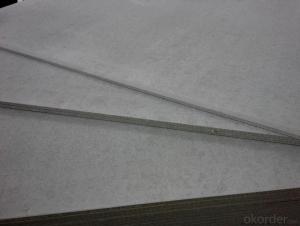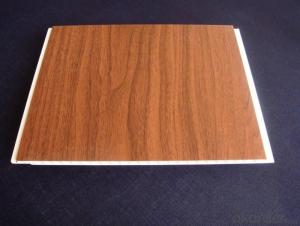Solar Panel Without Inverter
Solar Panel Without Inverter Related Searches
Shiny Or Dull Side Of Aluminum Foil For Cooking Inverter For 100w Solar Panel Solar Panel Inverter For Rv Pvc Tiles For Walls Wall Lights For Bedrooms Inverter Ac With Solar Panel Solar Panel With Inverter Kit Solar Panel Kits With Inverter Solar Panel With Inverter Direct Roving For PultrusionHot Searches
Used Sandwich Panel For Sale Pvc Chairs For Sale Tilt Panel Props For Sale Lightweight Scaffolding For Sale pvc pipe manufacturers in usa Sandwich Panel Price In India China Solar Panel Inverter Solar Inverter Panel Price China Pvc Geomembrane Sandwich Panel Manufacturers In Bangladesh Pvc Roofing Sheets Price India Pvc Roofing Sheets Price pvc resin price index Solar Panel Inverter Size Solar Panel Inverter Suppliers Q Cells Solar Panel Prices Tesla Solar Panel Inverter Honeycomb Sandwich Panel Suppliers Type Of Inverter For Solar Price Of Shipping Containers For SaleSolar Panel Without Inverter Supplier & Manufacturer from China
Okorder.com is a professional Solar Panel Without Inverter supplier & manufacturer, offers integrated one-stop services including real-time quoting and online cargo tracking. We are funded by CNBM Group, a Fortune 500 enterprise and the largest Solar Panel Without Inverter firm in China.Hot Products
FAQ
- Yes, a solar inverter can be used with concentrated photovoltaic thermal (CPVT) systems. CPVT systems combine concentrated solar thermal technology with photovoltaic cells to generate both electricity and heat. The solar inverter converts the direct current (DC) produced by the photovoltaic cells into alternating current (AC) that can be used to power electrical devices or be fed into the grid. Therefore, a solar inverter is an essential component in the integration of CPVT systems with the electrical grid or for utilization in standalone applications.
- A solar inverter communicates with other components of a solar power system through various means, such as wired or wireless connections. It typically exchanges information with components like solar panels, batteries, and grid-tie systems to coordinate and optimize the generation, storage, and distribution of solar energy. This communication includes exchanging data on power output, voltage levels, and system status, enabling efficient operation and monitoring of the entire solar power system.
- The maximum output voltage of a solar inverter is typically determined by the specific model and specifications of the inverter being used. It can vary depending on factors such as the size and configuration of the solar array it is connected to. Generally, for residential solar installations, the maximum output voltage of a solar inverter can range from 230V to 240V for single-phase systems, and up to 400V for three-phase systems.
- Yes, a solar inverter can be used for residential applications. A solar inverter is an essential component of a residential solar energy system as it converts the direct current (DC) generated by solar panels into usable alternating current (AC) electricity that can power household appliances and be fed back into the grid.
- Yes, a solar inverter can be used in a building-integrated photovoltaic (BIPV) system. The solar inverter is an essential component in a BIPV system as it converts the direct current (DC) generated by the photovoltaic panels into alternating current (AC) that can be used to power the building's electrical loads or fed back into the grid.
- A solar inverter converts the direct current (DC) generated by solar panels into alternating current (AC) to be used in homes or fed back into the electric grid. In contrast, a regular inverter is typically used to convert DC power from batteries or other sources into AC power for general electrical use. The main difference lies in their purpose and the source of the DC power they convert.
- Yes, a solar inverter can be used in areas with unstable grid connections. Solar inverters are designed to handle fluctuations and interruptions in the grid power supply. They typically have built-in features such as anti-islanding protection and grid support functionalities that ensure safe operation even in areas with unreliable grid connections. These inverters can switch seamlessly between grid power and solar power, providing a consistent power supply to the connected loads in such areas.
- Solar inverters are highly efficient, with most modern models achieving efficiency levels of 95% or higher. This means that they can convert a significant amount of the DC power generated by solar panels into usable AC power for homes and businesses, minimizing energy losses and maximizing the overall efficiency of the solar system.
